Jelly art style In recent years, the world of culinary arts has experienced a transformation with the rise of visually captivating, artistic desserts. Among these, jelly art stands out for its delicate beauty, creativity, and the intricate craftsmanship that goes into creating edible masterpieces. Jelly art, also known as gelatin art or 3D jelly cakes, combines culinary skills with artistic expression to craft colorful and lifelike designs suspended within a transparent, gelatinous base.
The most striking feature of jelly art is its three-dimensional designs, often in flowers, butterflies, fish, or landscapes, which appear floating inside the jelly. These stunning creations blur the line between food and art, making them popular for their visual appeal and special occasions like birthdays, weddings, and cultural celebrations.
This blog post delves into the history of jelly art style, the techniques, the tools required, and the various ways you can incorporate this mesmerizing art form into your culinary endeavors. By the end, you’ll understand the jelly art style comprehensively, whether you’re a curious enthusiast or an aspiring jelly artist.
The History of Jelly Art Style
Jelly art has its origins in Vietnam, where this intricate dessert form was developed as a way to elevate traditional gelatin-based desserts. Over time, jelly art spread to other parts of Asia, particularly Japan and Thailand, where the art form became more refined and elaborate. The original inspiration for these 3D gelatin cakes came from nature—flowers, animals, and underwater scenes—where artists sought to replicate the beauty of natural life in an edible format.
The art form gained international recognition due to the rise of social media platforms like Instagram and YouTube, where food influencers and artists shared their jelly art creations, sparking widespread interest across the globe. Today, jelly art is practiced by professional pastry chefs and home bakers who continue pushing this captivating medium’s boundaries.
Understanding Jelly Art Style: The Basics
At its core, jelly art involves creating three-dimensional designs using colored gelatin injected into a clear gelatin base. The base is made from agar-agar or gelatin sourced from natural ingredients. While gelatin comes from animal collagen, agar-agar is a plant-based alternative, making it suitable for vegetarians and vegans. The flexibility of these ingredients allows for a transparent canvas where artists can bring their imaginative designs to life.
Critical Components of Jelly Art Style:
- Base Layer (Clear Gelatin): This transparent layer is the foundation of any jelly art project and makes the designs visible.
- Colored Gelatin: Different colors are made by mixing gelatin with natural or food-safe colorants. These are injected into the transparent base using specialized tools.
- Tools: Jelly artists use syringes, needles, and shaped tools to create the 3D designs within the gelatin. Each tool has a specific shape and size to allow for the creation of petals, leaves, and other intricate details.
Choosing Ingredients for the Base
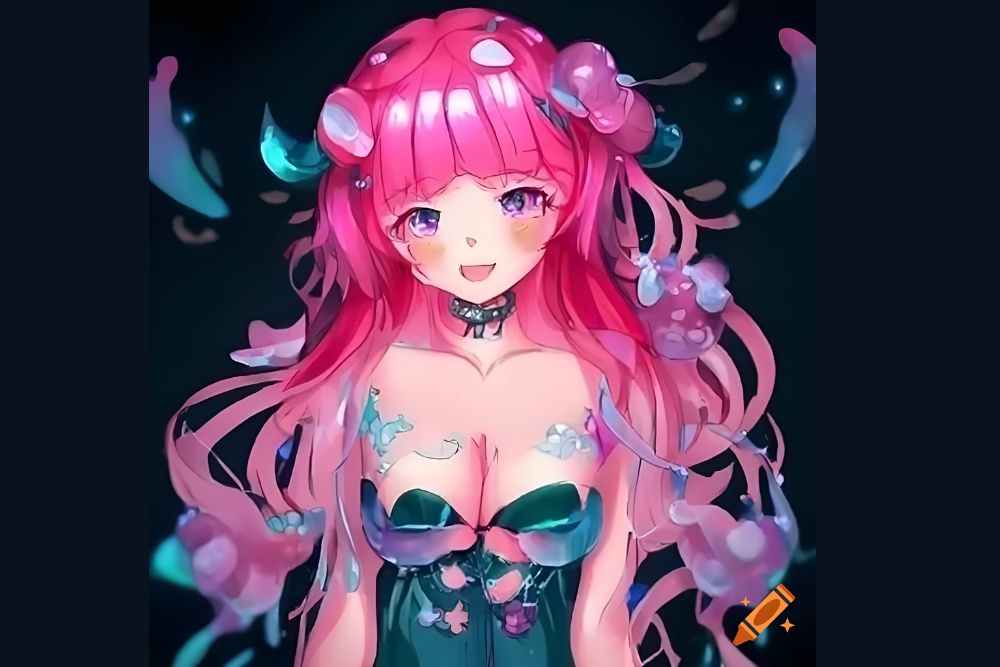
While gelatin is the traditional choice, agar-agar is gaining popularity due to its plant-based nature and ability to hold its shape better at room temperature. The choice between agar-agar and gelatin depends on dietary preferences and the desired texture of the final product.
Techniques and Tools for Creating Jelly Art style
Mastering jelly art requires a steady hand, patience, and attention to detail. The process is time-consuming but highly rewarding as the intricate designs come to life. Here’s a step-by-step look at how jelly art is typically made.
Preparing the Clear Gelatin Base
The first step is to prepare the base by dissolving agar-agar or gelatin in water, heating it, and pouring it into a mold. Once the mixture sets, it becomes the transparent canvas on which the artist works. The gelatin base is usually made without color, so the designs inside stand out clearly.
Mixing the Colors
Next, different colors of gelatin are prepared by mixing food-safe colorants with either gelatin or agar-agar. These colored mixtures will be used to create the intricate details inside the jelly.
Creating 3D Designs with Syringes and Needles
This is the most intricate part of the process. Artists use specialized tools such as syringes, needles, and shape-cut tools to inject the colored gelatin into the clear base. For example, if an artist is creating a flower, they would inject the colored gelatin to mimic the layers and texture of petals, working from the inside out.
- Petal and Leaf Tools: These tools help create realistic shapes for flowers, leaves, and other botanical designs.
- Syringes: Used to inject gelatin into precise areas of the base.
- Specialized Knives: Some jelly artists use fine knives to carve more complex designs into the gelatin, giving the artwork depth and dimension.
Layering and Building Depth
As the design progresses, layers of colored gelatin are injected carefully to build depth. This technique gives jelly art its distinctive 3D look. Each injection adds another layer of realism, and by varying the colors and shapes, artists can create elaborate scenes that seem to float within the gelatin.
Popular Jelly Art Designs
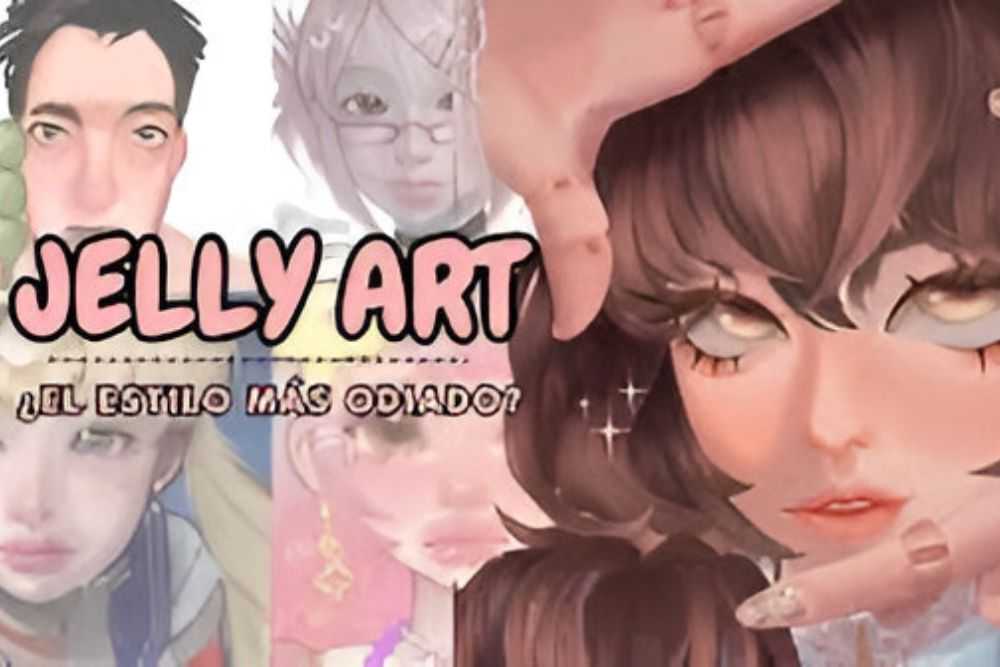
Jelly art designs range from simple floral patterns to complex scenes inspired by nature or abstract concepts. Here are some of the most popular design themes used in jelly art:
Floral Designs
Flowers are perhaps the most iconic and beloved theme in jelly art style. Artists craft intricate roses, lilies, daisies, and other blooms, paying attention to every petal, leaf, and vein. Different colors and tools allow for customization, making each jelly flower unique.
Underwater Scenes
Some jelly artists take inspiration from the ocean, creating stunning underwater landscapes with jellyfish, coral reefs, and tropical fish. The transparency of the gelatin makes it perfect for mimicking the clarity of water, and the three-dimensional designs can make these scenes look incredibly lifelike.
Animals
Animals, especially butterflies, birds, and koi fish, are common subjects in jelly art style. Their fluid shapes and vibrant colors lend themselves well to the jelly medium, and skilled artists can create figures that seem to move within the gelatin.
Abstract and Geometric Patterns
While nature is a dominant theme, some artists focus on more abstract or geometric designs. These can range from swirling, colorful patterns to minimalistic shapes. The simplicity of the gelatin canvas makes it an excellent medium for playing with lines, forms, and symmetry.
Tools and Materials: Essential Equipment for Jelly Art
To start with the jelly art style, specific tools are essential for achieving the fine details that give the artwork its three-dimensional quality.
Syringes and Needles: For precise injection of colored gelatin.
- Shaped Tools: Tools designed for jelly art style, often shaped like flower petals, leaves, or other elements.
- Food Colorants: Gel or liquid food colorings that mix well with gelatin.
- Precise Molds: These molds hold the clear gelatin base and come in various shapes and sizes, depending on the desired final product.
- Heating Tools: A small stove or microwave to heat and dissolve the gelatin or agar-agar.
- Chilling Equipment: A refrigerator to set the gelatin properly after each design stage.
Tips for Perfecting Jelly Art style
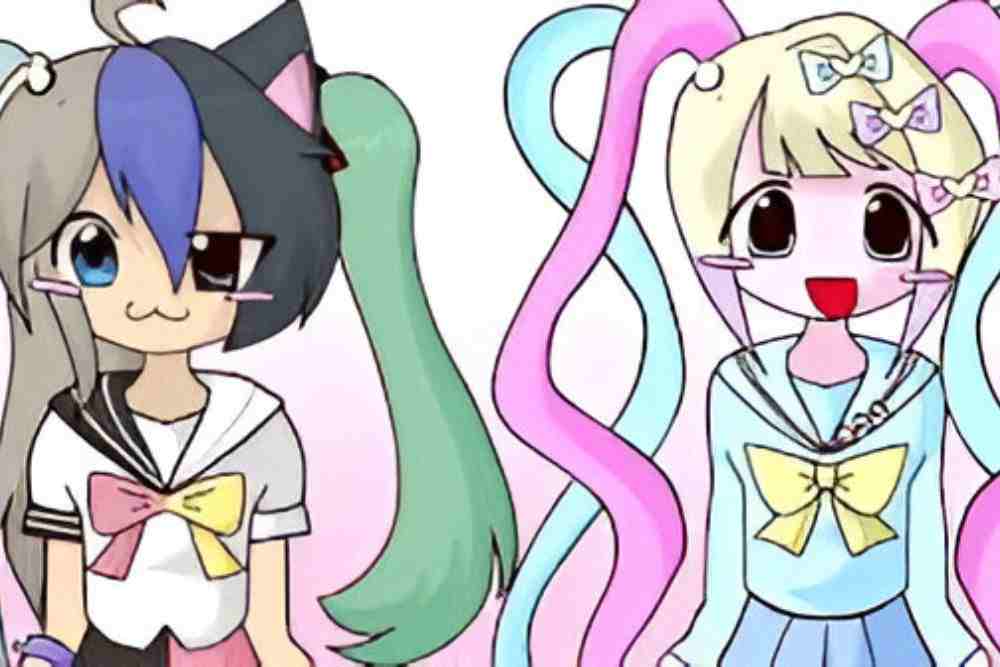
Jelly art may seem daunting at first, but with practice and patience, anyone can master the basics. Below are some useful tips:
Practice on Small Projects: Start with smaller designs, like a single flower or leaf, before attempting complex designs or entire scenes.
- Work in Layers: Allow each layer to set before adding the next one. This prevents colors from mixing and ensures your design remains sharp and distinct.
- Control the Temperature: Make sure the gelatin is warm but not too hot, as high temperatures can cause the colors to bleed.
- Experiment with Tools: Play with different tools and techniques to discover your style. No way to create a jelly art style exists, so let your creativity guide you.
The Future of Jelly Art
The jelly art style continues to evolve as more people discover the joys of creating edible masterpieces. With innovations in both techniques and ingredients, the possibilities for jelly art are endless. Some artists are experimenting with flavors and textures, while others are pushing the boundaries of what can be depicted in gelatin. There’s even a growing trend of using jelly art for special events like weddings and corporate events, where the artwork can be customized to reflect the theme or occasion.
As jelly art gains global popularity, workshops, and online tutorials are making it easier than ever for aspiring artists to learn this unique form of culinary expression. Social media platforms continue to showcase new works of art, inspiring both amateurs and professionals alike.
Conclusion
Jelly art is a stunning fusion of culinary skill and artistic creativity. It transforms ordinary gelatin into extraordinary works of art, delighting the senses with its visual appeal and taste. Whether you’re intrigued by the floral designs, fascinated by the underwater scenes, or eager to try creating your jelly masterpiece, this art form offers endless possibilities for exploration and expression.


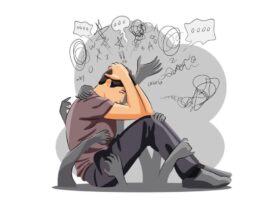
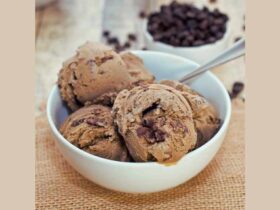
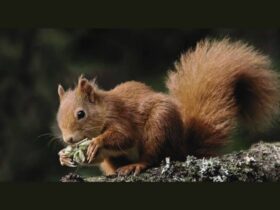
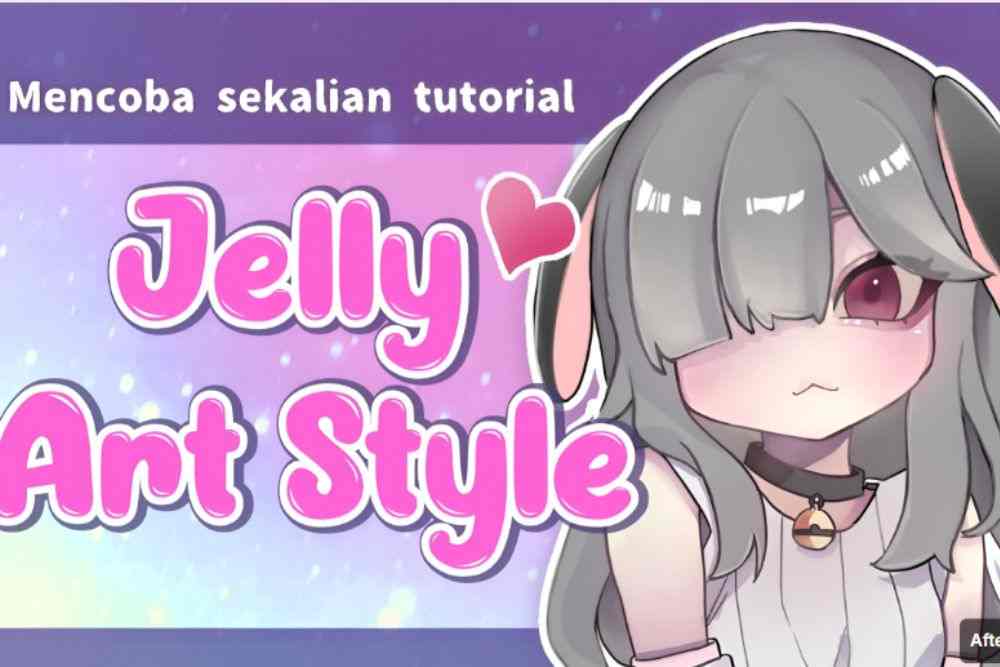


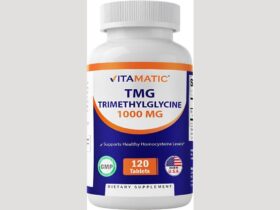
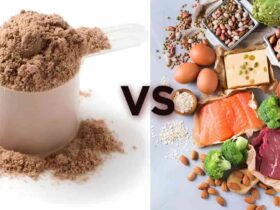


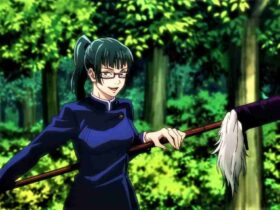


Leave a Reply